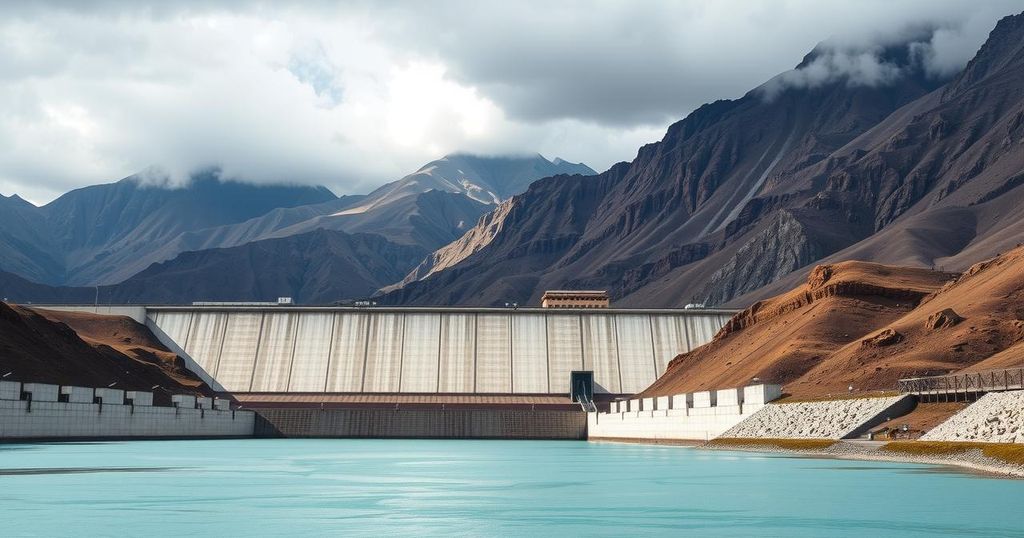The construction of the Yarlung Tsangpo super-dam in Tibet poses heightened earthquake risks, environmental concerns regarding dam impacts, and significant disruption to local Tibetan communities. It has sparked considerable regional apprehension, especially related to water-sharing issues in Southeast Asia, as China expands its dam infrastructure.
China’s construction of the Yarlung Tsangpo super-dam in Tibet raises significant concerns regarding earthquake risks in a region known for seismic activity. This project, located just before the river enters Arunachal Pradesh, has the potential to generate three times the energy of the Three Gorges Dam, raising fears about induced seismicity, as noted in a paper from The Institute for Security and Development Policy in Stockholm.
The report highlights that the extensive modification of natural landscapes due to dam construction can lead to an increased risk of earthquakes. Moreover, it points to the existing impacts of the Three Gorges Dam, which has already been linked to earthquakes and landslides, along with concerns about global rotational dynamics being altered.
Local Tibetan communities are adversely affected by the dam project, often facing forced relocation that disrupts their lives and obliterates culturally significant sites. Protests against these relocations have been met with harsh responses from Chinese authorities, leading to numerous arrests and exacerbating the plight of displaced individuals.
The creation of large reservoirs has also resulted in excessive water evaporation, raising questions about the reliability of hydropower, particularly during droughts. Instances like the summer of 2022 demonstrated the vulnerability of dams to fluctuations in water levels, causing power shortages that impacted various industries.
Concerns about China’s water-sharing practices extend beyond Tibet, affecting Southeast Asian nations reliant on rivers like the Mekong. A notable incident in 2021 saw China drastically reduce the water flow, precipitating a crisis for neighboring countries dependent on the river for fishing, agriculture, and transport.
Despite mounting apprehension over its dam-building activities and their implications for downstream countries like India and Bangladesh, China continues to pursue its agenda without addressing these international concerns, perpetuating adverse effects on local communities and environmental systems.
The construction of large dams, particularly in seismically active regions, is a contentious issue globally. The Yarlung Tsangpo super-dam project in Tibet is emblematic of these challenges, raising concerns from environmentalists and neighboring nations alike. Dams are known to disrupt natural landscapes, alter ecological balance, and induce geological instability, leading to controversies around safety, sustainability, and social justice, especially concerning displaced populations.
In summary, the Yarlung Tsangpo super-dam presents a multifaceted crisis involving environmental sustainability, earthquake risks, the displacement of local communities, and international water-sharing tensions. While China pursues energy generation through massive dam projects, the repercussions for Tibetans and downstream countries are profound, necessitating urgent dialogue and attention to these complex issues to mitigate risks and foster equitable solutions.
Original Source: www.tibetanreview.net






